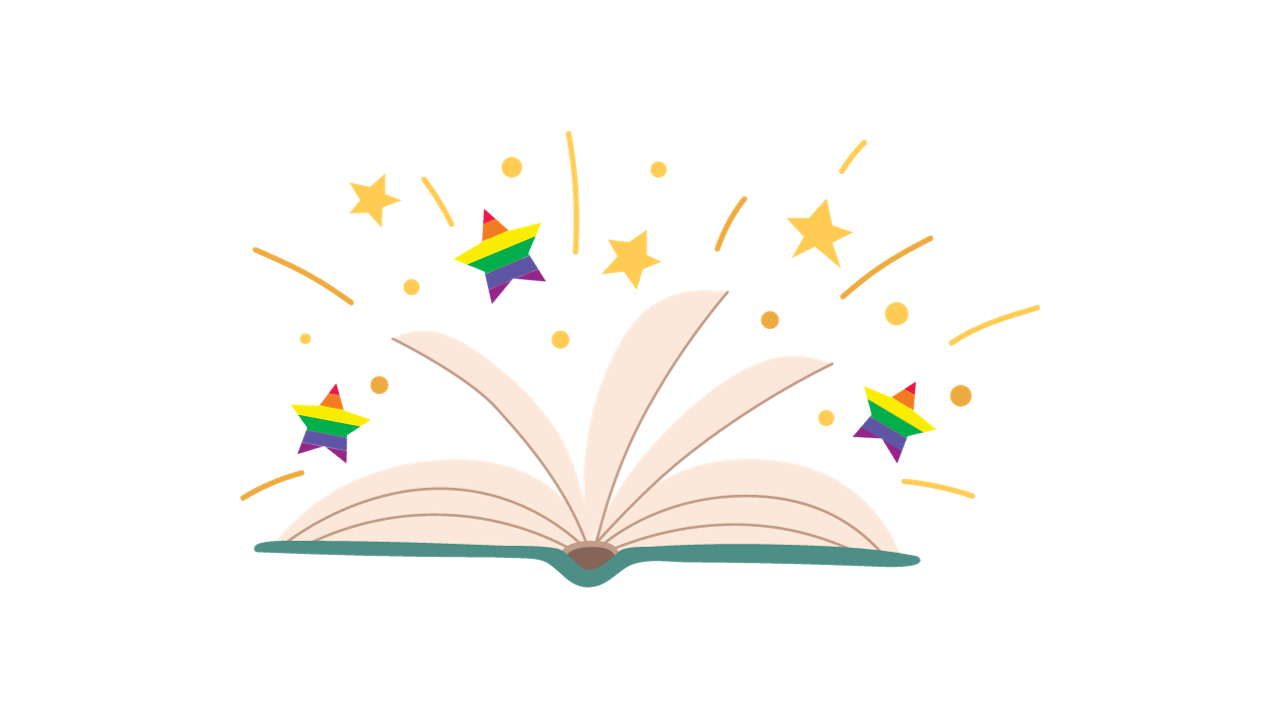The Difference Between Middle Grade and Young Adult Fiction
When it comes to writing fiction for young readers, there are two terms you’ll hear a lot: middle grade (MG) and young adult (YA). These are age categories used by the publishing industry to classify books based on their intended audience.
Note that age categories are distinct from genres – things like fantasy, adventure, romance, etc. So you could have a middle-grade fantasy or a YA romance, for example.
Some writers are unsure whether they’re writing a MG or YA novel. But actually, there are some clear key differences that can help you to distinguish between the two. If you’re writing a novel for children or teens, it’s crucial that you know which of these age categories you’re writing.
So let’s take a look at some of those differences to help you tell one age category from the other.
What age are MG and YA readers?
Given that we’re talking about two distinct age categories of books, it makes sense to talk first about the age of the reader.
Middle-grade novels are aimed at readers aged eight to twelve. Within this category, you might also hear people talking about lower and upper middle grade. Lower middle grade tends to appeal to readers aged eight to ten, whereas upper middle grade novels would be more suitable for readers aged ten to twelve. Upper middle-grade novels bridge the gap between middle grade and YA.
YA novels are largely aimed at readers between the ages of thirteen and eighteen. That said, a lot of adults also enjoy reading young adult fiction. However, if you’re writing YA, remember that you’re first and foremost crafting a story that will appeal to the thirteen-to-eighteen age group, not to adult readers. The content of the story must therefore be appropriate for and relevant to this audience (more on this later).
How old are protagonists in MG and YA novels?
Just as the age of the reader differs between these two age categories, so too does the age of the protagonist. Remember that in general, young readers want to ‘read up’ – meaning that they want to read about characters who are the same age or older than they are.
In MG novels, most protagonists are aged between eight and twelve. YA protagonists, by comparison, tend to be fifteen to eighteen. Protagonists older than eighteen belong in new adult or adult fiction.
This is worth thinking about if you plan to write a series. Publishers like to be able to market a series under one age bracket, so if you plan to write a series of novels that follows the protagonist over a number of years, think carefully about how old they are in the first book to ensure the last book can still be categorised in the same way.
For example, if the protagonist is eight, nine and ten in three consecutive novels, the series could easily be classified as middle grade. If your protagonist starts out eleven and ends up fifteen, however, it would be less clear-cut and potentially problematic from a marketing perspective.
What is the word count of a MG or YA novel?
Since the distinctions between these two categories are based on the age of the reader, it follows that their word counts are going to vary, with older readers capable of reading longer novels.
As a rough guide, a middle-grade novel might total between 25,000 and 50,000 words, with the lower end of that spectrum (25,000 to 35,000 words) more appropriate for lower middle grade and the upper end (40,000 to 50,000 words) more fitting for an upper midde-grade novel. Middle-grade fantasy can be longer, to allow space for worldbuilding, anywhere up to around 75,000 words, although the ideal maximum word count is more like 65,000.
When it comes to young adult, you have more words to play with, as the stories themselves are considerably more complex, with more subplots and characters. A good target word count for a YA novel is around 50,000 to 80,000 words. Again, fantasy can be longer, sometimes reaching word counts of over 100,000, although I personally feel that if you go above 100,000 words in YA, it needs to be for a really good story reason (and not simply because the writing needs to be tightened or edited more heavily).
Note, however, that these are guidelines based on industry standards, not hard and fast rules. And I would recommend that when writing your first draft, you don’t worry about the word count too much. This is something you can address more closely during the revision process.
What are middle-grade stories about?
The type of content found in a middle-grade versus a YA novel is quite different. It all comes down to the maturity level of the audience the book is targeting. What’s appropriate for a 16-year-old would be far too mature for a 10-year-old, for example.
In MG, the focus will be largely on the protagonist and their family, friends and community. It might touch on topics such as crushes and first kisses, but that’s as far as it will go in terms of romance. If you’re writing a middle-grade novel, you won’t be including any storylines that include violence, sex, drug use or other heavy topics. You’ll also steer clear of swearing.
Topics such as home, school, friends, family and animals are popular in this age category. But although the protagonist is at the heart of the story, they won’t spend much time in their heads – the focus is more on the external events and action. Finally, you’ll definitely want to give your MG protagonist a happy ending.
What are young adult stories about?
When you’re writing a YA story, you can write about pretty much anything (except erotica). However, note that if you do include topics such as sex, drug use and violence, you’ll want a good reason for doing so. Don’t just include it for the sake of it, if it isn’t central to the story you’re writing. The same applies for swearing.
YA novels are deeper and more nuanced than their middle-grade counterparts, with protagonists exploring issues such as self-growth, who they are, how they view the world and where they fit in it. They’re establishing their own identities, becoming independent, exploring relationships outside of the family, both romantic and otherwise, and looking to the future. These protagonists often spend more time in their own heads than MG protagonists do.
Young adult novels tend to end on a happy note, although there is a bit more flexbility here than in MG, where happily-ever-afters are a given. As a YA writer, you don’t necessarily need to spell out the happy ending, but the conclusion of the story should be hopeful at the very least.
Why you should know the difference between middle grade and young adult fiction
So why does all this matter? Well, there are two main reasons.
The first is that understanding the differences between these two categories gives you the best chance of writing a story that is actually going to resonate with your readers. You need the subject matter to be appropriate for the age group you’re targeting, as well as the length of the novel.
Secondly, whether you self-publish your novel or pursue traditional publication, you’re going to need to think about marketing. And when it comes to kidlit, age categories are crucial. If your novel doesn’t fit the standard criteria for one age category or the other, it’s going to be very difficult to market it and get it into the hands of the right readers.
So you might want to work though the points I’ve made above in relation to your own work in progress, to make sure you’re clear on whether you’re writing MG or YA. And if you need some help to work it out, just let me know. I’d love to help!
Overview of ages and word counts
Age of readers: Middle grade 8–12; Young adult 13–18
Age of protagonists: Middle grade 8–12; Young adult 15–18
Average word count: Middle grade 25,000–50,000; Young adult 50,000–80,000

